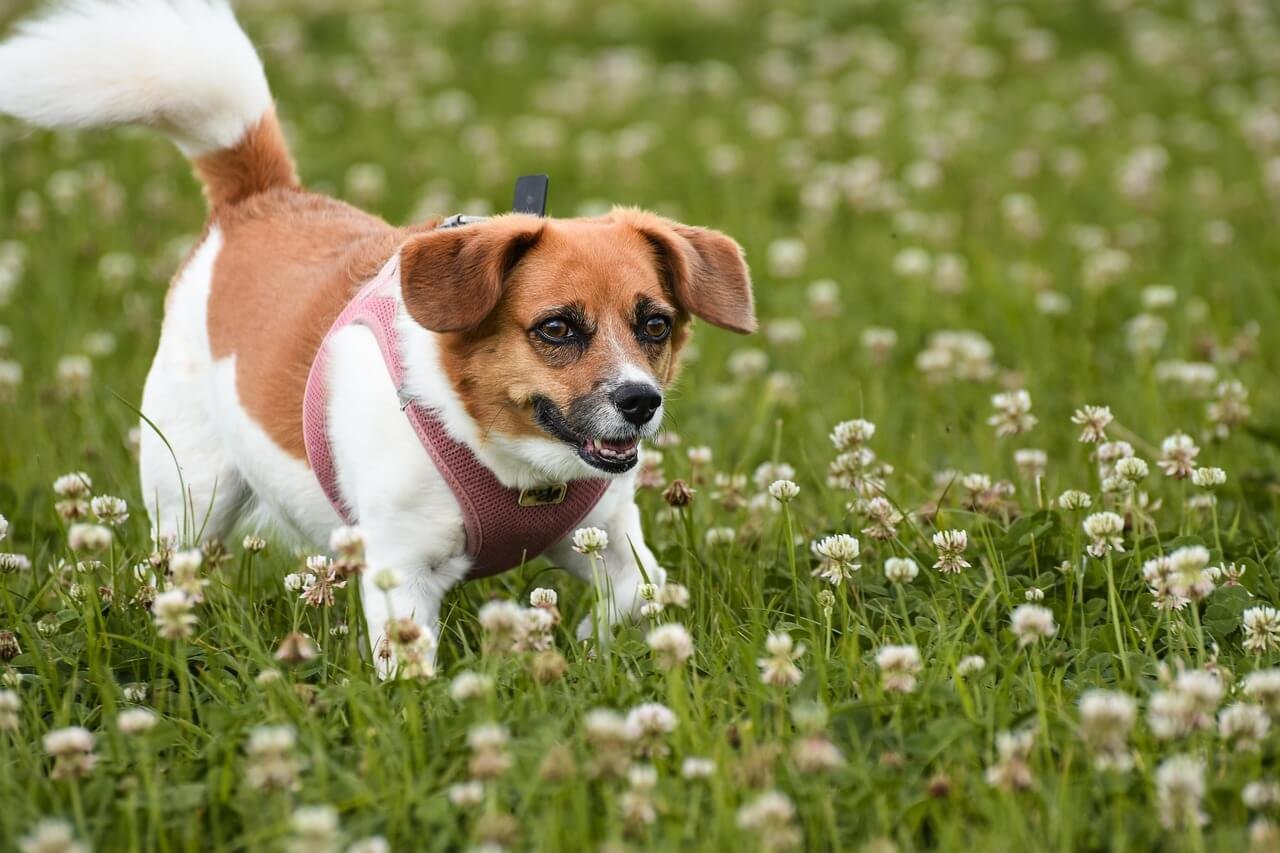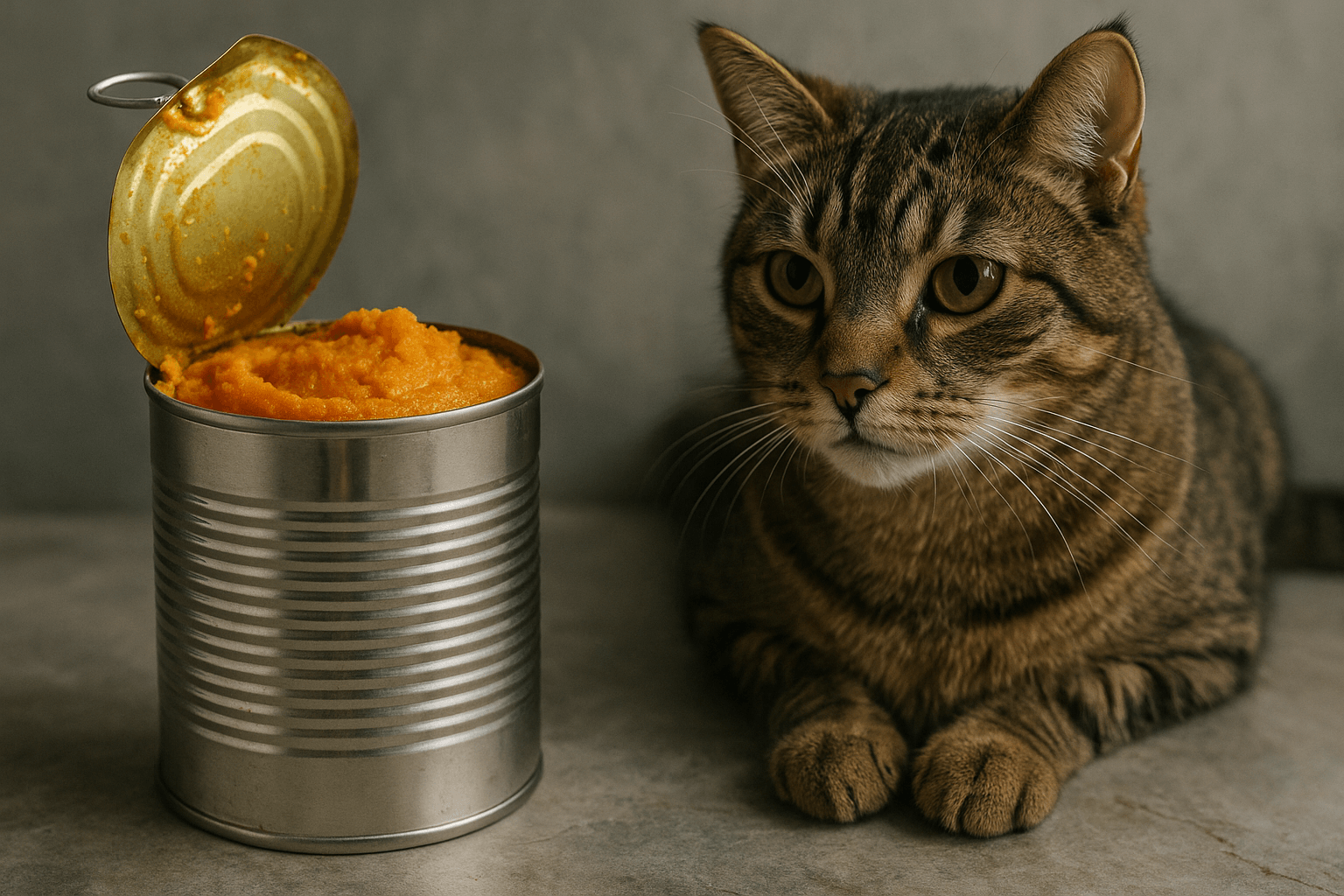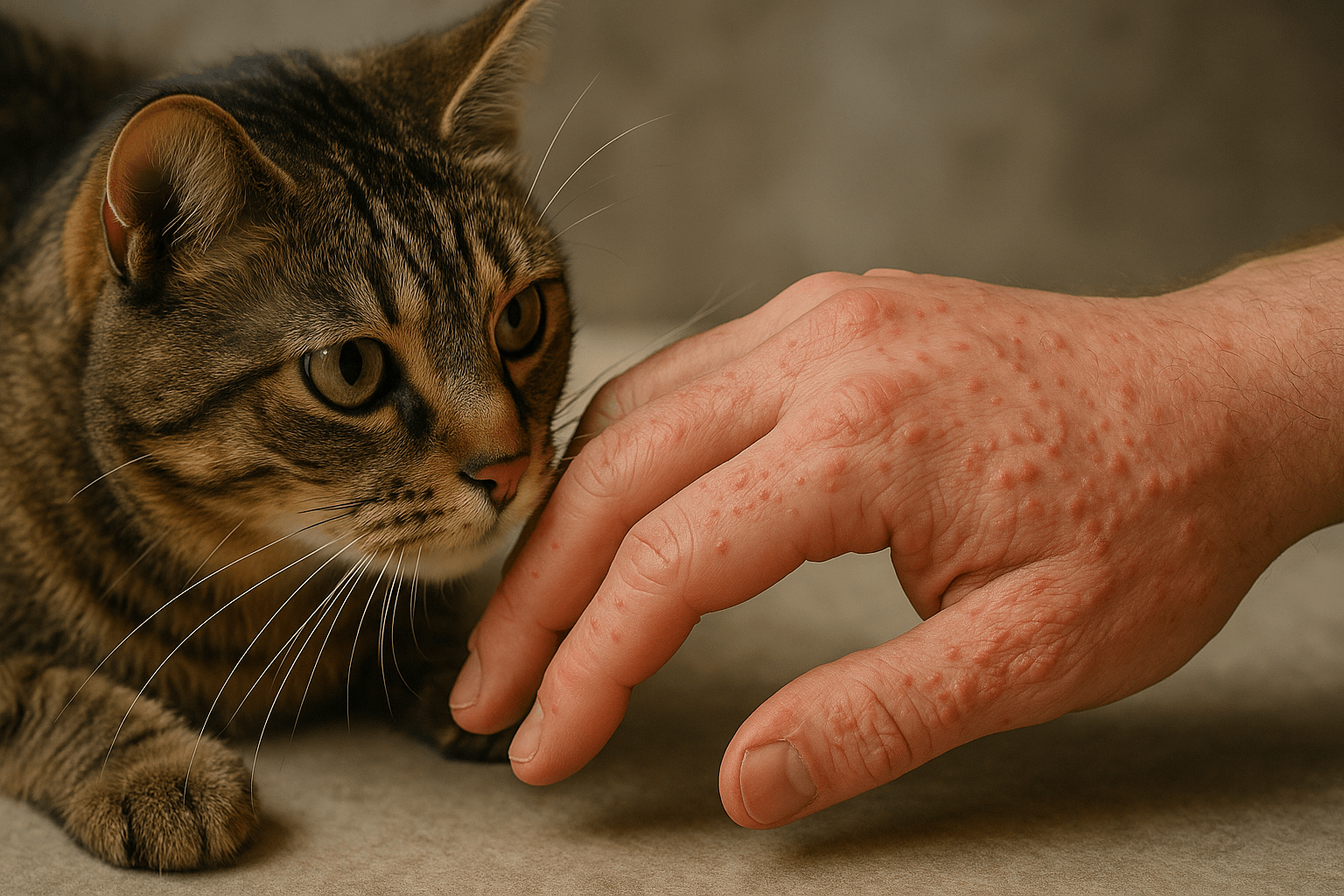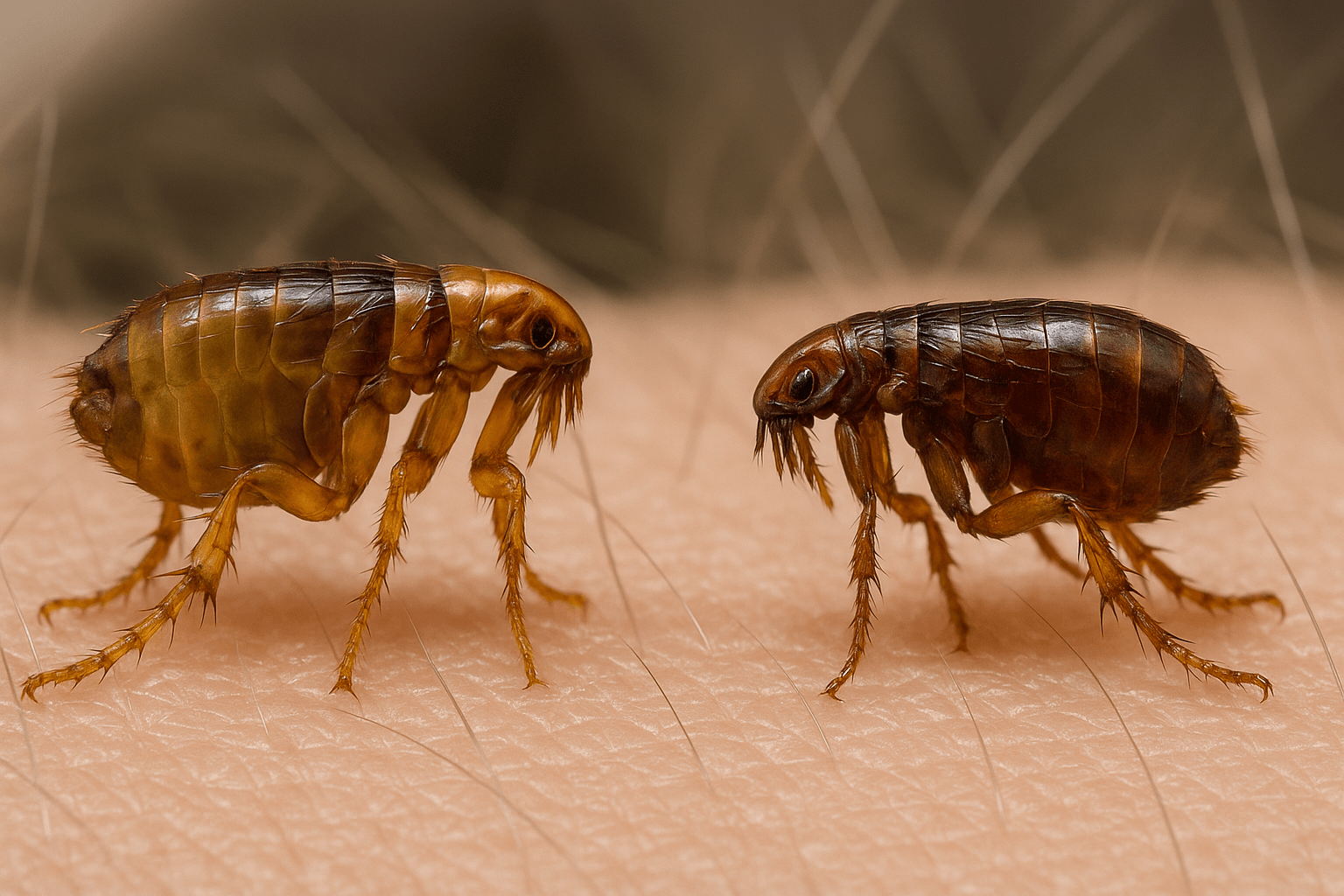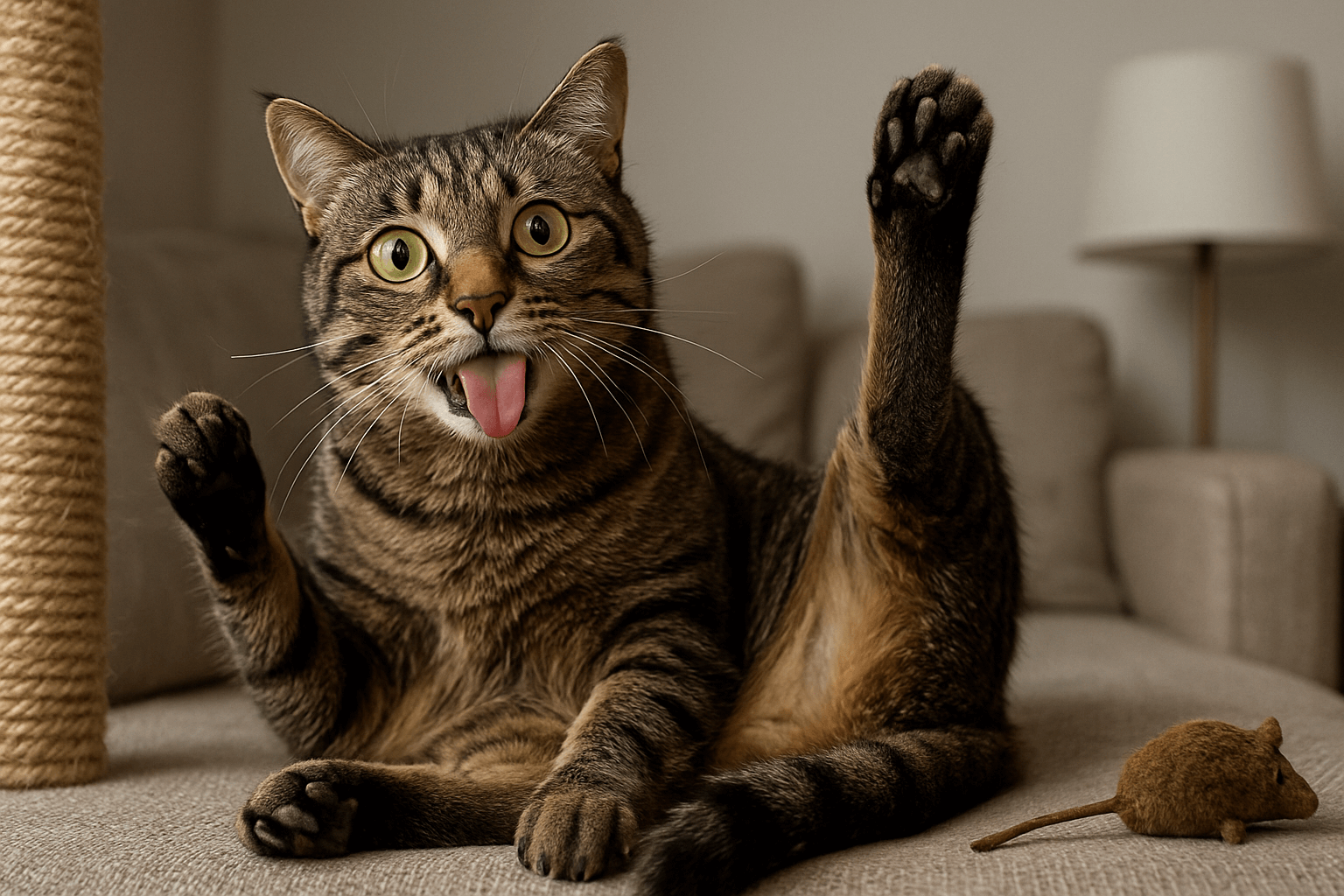Are Crayons Toxic to Dogs? What Every Pet Owner Should Know
Crayons are a staple in many households, especially those with children. But what happens if your curious canine gets their paws on one and decides to take a nibble? As a responsible pet owner, it’s natural to worry about whether crayons are toxic to dogs and what steps you should take if your furry friend ingests them. While crayons are generally considered non-toxic, there are still factors to consider, such as the type of crayon, the amount consumed, and your dog’s individual health. In this blog post, we’ll explore everything you need to know about crayons and dogs, from potential risks to prevention strategies. By the end, you’ll feel confident handling this colorful conundrum and ensuring your pup stays safe.
What Makes Crayons Potentially Harmful to Dogs?
While most crayons are labeled as non-toxic, they can still pose risks depending on the circumstances. Understanding the components of crayons and how they might affect your dog is crucial for assessing the situation. Here’s what you need to know:
Ingredients: Most crayons are made from paraffin wax and color pigments, which are generally non-toxic but not digestible.
Choking Hazard: Small pieces of crayons can pose a choking risk, especially for smaller breeds or puppies.
Gastrointestinal Upset: Ingesting large amounts of crayons may lead to vomiting, diarrhea, or mild stomach discomfort.
Non-Food Dyes: Some crayons may contain synthetic dyes that could cause mild irritation or allergic reactions in sensitive dogs.
Foreign Object Risk: If swallowed, crayon fragments could potentially cause intestinal blockages, though this is rare.
While crayons are not typically dangerous, ingestion should still be monitored closely. If you notice any unusual symptoms, it’s best to consult your veterinarian promptly.
Signs Your Dog May Have Eaten Crayons
If you suspect your dog has ingested crayons, there are several signs to watch for that may indicate discomfort or a more serious issue. Recognizing these symptoms early can help you act quickly. Here’s what to look out for:
Vomiting: Frequent or persistent vomiting may suggest your dog’s digestive system is struggling with the crayon material.
Diarrhea: Loose stools can occur if the crayon’s wax or pigments irritate your dog’s gastrointestinal tract.
Lethargy: A sudden lack of energy or interest in activities may signal that your dog isn’t feeling well.
Loss of Appetite: Refusing food or water could indicate nausea or discomfort caused by ingestion.
Pawing at Mouth: This behavior may suggest your dog is trying to remove something stuck in their throat or mouth.
If you observe any of these signs, it’s important to monitor your dog closely and seek veterinary advice if symptoms persist or worsen. Early intervention can prevent complications.
Check this guide 👉Are Ferns Toxic to Dogs? Best 7 Expert Tips!
Check this guide 👉Are Monsteras Toxic to Dogs? Best 7 Health Tips!
Check this guide 👉How Many Raisins Are Toxic to Dogs? Best 7 Health Tips!
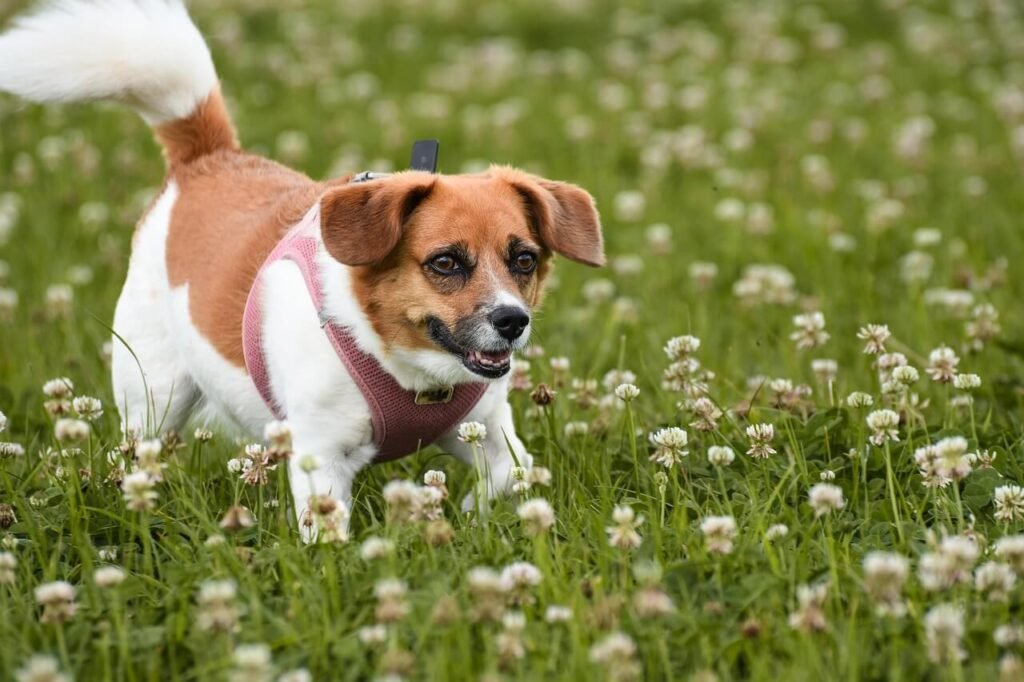
Type of Crayon | Potential Risks |
|---|---|
Regular Wax Crayons | Mild GI upset, choking hazard |
Washable Crayons | Less likely to cause irritation |
Scented Crayons | Possible allergic reaction to added scents |
Oil-Based Crayons | Higher risk of GI obstruction |
Gel or Glitter Crayons | Increased likelihood of irritation or blockage |
What to Do If Your Dog Eats Crayons
If your dog accidentally eats crayons, staying calm and taking appropriate action is key. Here are some steps you can follow to ensure your dog’s safety:
Assess the Situation: Determine how much crayon was ingested and whether your dog is showing any immediate symptoms.
Check for Choking: If your dog is gagging or struggling to breathe, perform the Heimlich maneuver or seek emergency vet care immediately.
Call Your Vet: Even if your dog seems fine, it’s a good idea to inform your veterinarian about the incident for professional advice.
Monitor Behavior: Keep an eye on your dog for any signs of distress, vomiting, or changes in appetite over the next 24-48 hours.
Prevent Future Incidents: Store crayons and other small objects out of reach to avoid similar situations in the future.
By acting promptly and responsibly, you can minimize risks and ensure your dog remains healthy and happy.
Tips to Prevent Your Dog from Eating Crayons
Prevention is always better than dealing with the aftermath of crayon ingestion. Taking proactive measures can help keep your dog safe and your peace of mind intact. Here are some practical tips:
Supervise Playtime: Keep an eye on your dog when they’re around children who may leave crayons lying around.
Use Pet-Safe Art Supplies: Opt for art materials specifically labeled as pet-safe if you have both kids and pets at home.
Teach the “Leave It” Command: Training your dog to respond to commands like “leave it” can prevent them from picking up harmful items.
Store Supplies Safely: Keep crayons, markers, and other art supplies in sealed containers or high shelves where your dog can’t access them.
Provide Chew Alternatives: Offer plenty of safe chew toys to satisfy your dog’s urge to gnaw on things.
By implementing these strategies, you can reduce the likelihood of your dog encountering crayons or other potentially hazardous items.
Understanding Gastrointestinal Issues in Dogs
If your dog ingests crayons, it’s important to understand how their digestive system might react. While most dogs can pass small amounts of non-toxic materials without issue, certain factors can complicate digestion. Here’s what you should know about potential gastrointestinal problems:
Wax Digestion: Dogs’ stomach acids are not designed to break down wax, which may lead to mild irritation or discomfort.
Color Pigments: Some pigments in crayons can cause discoloration in stool or vomit but are usually harmless.
Blockage Risks: Large chunks of crayons may not break down easily and could potentially cause intestinal blockages.
Preexisting Conditions: Dogs with sensitive stomachs or chronic GI issues may experience more severe symptoms after ingestion.
Hydration Importance: Ensuring your dog stays hydrated can help their digestive system process foreign materials more effectively.
By understanding these factors, you’ll be better equipped to monitor your dog’s condition and seek help if necessary. Prevention remains the best way to avoid complications.
Alternatives to Keep Your Dog Entertained
To prevent your dog from chewing on crayons or other non-food items, it’s essential to provide safe and engaging alternatives. Keeping your dog entertained can redirect their attention away from hazardous objects. Here are some great options:
Durable Chew Toys: Offer sturdy rubber or nylon toys designed for aggressive chewers.
Interactive Feeders: Puzzle toys that dispense treats can keep your dog mentally stimulated and occupied.
Flavored Dental Chews: These not only satisfy the urge to chew but also promote oral health.
Frozen Treats: Freeze peanut butter or yogurt in a Kong toy for a long-lasting, satisfying snack.
Supervised Playtime: Spend quality time playing fetch or tug-of-war to tire out your dog and reduce boredom.
Providing these alternatives ensures your dog has healthier outlets for their chewing instincts. A busy dog is less likely to seek out crayons or other inappropriate items.
Signs Your Dog is Curious About Non-Food Items
Some dogs are naturally curious and may show interest in eating non-food items like crayons, rocks, or paper. This behavior, known as pica, can indicate underlying issues. Here are signs that your dog may have a tendency toward consuming inappropriate objects:
Frequent Sniffing: Your dog may sniff and investigate small objects on the floor more often than usual.
Chewing Non-Food Items: You notice your dog chewing on shoes, furniture, or other household objects regularly.
Licking Surfaces: Excessive licking of floors, walls, or other surfaces can signal curiosity or nutritional deficiencies.
Scavenging Behavior: Your dog picks up random items during walks or while playing outside.
Weight Loss or Fatigue: If accompanied by pica-like behavior, this could indicate an underlying medical condition.
If your dog exhibits these signs, it’s worth discussing with your veterinarian to rule out nutritional deficiencies or behavioral issues. Addressing the root cause can help curb unwanted habits and keep your dog safe.
Frequently Asked Questions About Crayons and Dogs
Are all crayons non-toxic to dogs?
Most regular crayons are non-toxic, but certain types, like oil-based or scented crayons, may pose additional risks.
What should I do if my dog ate a crayon?
Monitor your dog for symptoms like vomiting or lethargy, and contact your vet for guidance, especially if a large amount was consumed.
Can crayons cause blockages in dogs?
While rare, swallowing large pieces of crayons could potentially lead to intestinal blockages, particularly in small dogs.
How can I tell if my dog is having an allergic reaction?
Signs include swelling, itching, difficulty breathing, or excessive drooling. Seek immediate veterinary care if these occur.
Is it safe to induce vomiting if my dog eats crayons?
Do not attempt to induce vomiting without consulting your vet first, as this could cause further complications.
In Conclusion: Keeping Your Dog Safe Around Crayons
While crayons are generally not toxic to dogs, they can still pose risks if ingested in large quantities or if your dog has underlying health issues. Understanding the potential dangers and knowing how to respond can make all the difference in ensuring your pup’s safety. By taking preventive measures and staying vigilant, you can create a safer environment for your dog to thrive in. Remember, curiosity is a natural part of being a dog, but with a little extra care, you can protect them from harm. So the next time you see a stray crayon on the floor, pick it up—your furry friend will thank you!
Canned Pumpkin for Cat Diarrhea: Best 7 Expert Tips! Natural remedy to firm stools, soothe upset bellies, and support gut health safely.
Can a Cat Give You Scabies? Best 7 Expert Tips! Discover the truth about feline mites, human skin risks, and how to protect yourself—without panic.
Cat Flea vs Human Flea: Best 7 Expert Tips! Discover the truth about bites, species, and how to eliminate infestations for good.
Weird Cat Behaviors: Best 7 Expert Tips! Discover why cats do strange things—and how to understand, not punish, their instincts for a happier home.

